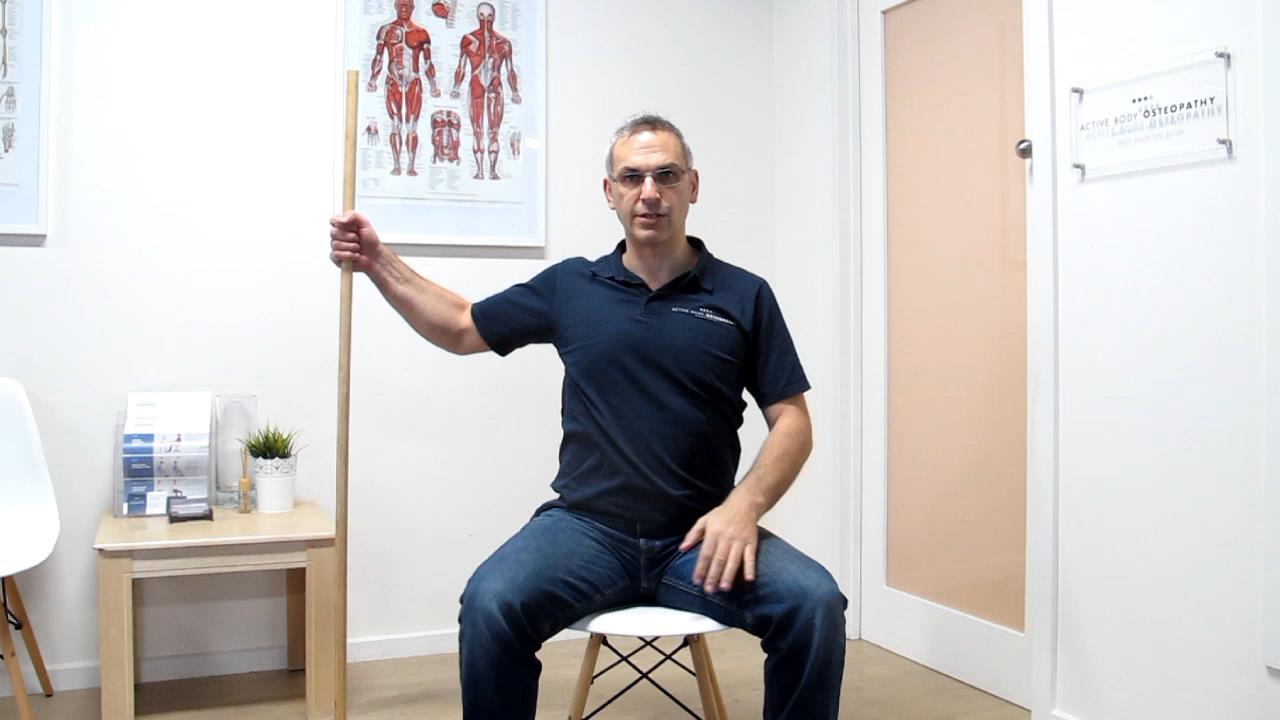Heat Therapy for Chronic Injuries
As we spoke about in a previous article ice therapy is often used in the treatment of acute injuries while heat therapy can be great way to help manage chronic muscle pain or ease stiff, sore joints affected by arthritis.
How Heat Therapy Works
Heat works by helping your muscles relax, helping to alleviate both pain and stiffness. Applying heat to your muscles or joints encourages circulation and blood flow to the area, which reduces pain by stimulating sensory receptors in the skin, decreasing the transmission of pain signals going to the brain. Increased blood flow results in greater amounts of oxygen and nutrients being sent to the muscles. This helps heal damaged tissue and removes lactic acid and other waste build-up, which often contribute to the pain you feel. Heat facilitates a stretching of the various soft tissues around the injured site, which includes muscles, connective tissue, and adhesions leading to an increase in flexibility and overall feeling of comfort.
Types of Heat Therapy
There are two different types of heat therapy: dry heat and moist heat. Both types of heat therapy should aim for “warm” as the ideal temperature instead of “hot.”
Dry heat (or “conducted heat therapy”) includes sources like heating pads, dry heating packs, and even saunas. This heat is easy to apply.
Moist heat (or “convection heat”) includes sources like steamed towels, moist heating packs, or hot baths which usually require a little more preparation but the effects may be slightly more effective as well as require less application time for the same results.
Helpful Tips On Applying Heat
- Treat for no longer than 20 minutes at a time.
- Do not lie on a hot pack to avoid falling asleep and potentially burning yourself
- Do not use heat if you have no feeling in that part of your body
- Never use heat if there is swelling or bruising
- Do not apply heat directly to the skin, use a thin towel
- Do not use heat if you have poor circulation, such as if you have diabetes.
- Wait 1 hour between treatments
There are several other significant benefits of heat therapy that make it so appealing. Compared to most therapies, heat therapy is quite inexpensive (and in many circumstances it’s free – such as taking a hot bath). Heat therapy is also easy to do – it can be done at home while relaxing, and portable heat wraps also make it an option while at work or in the car.




